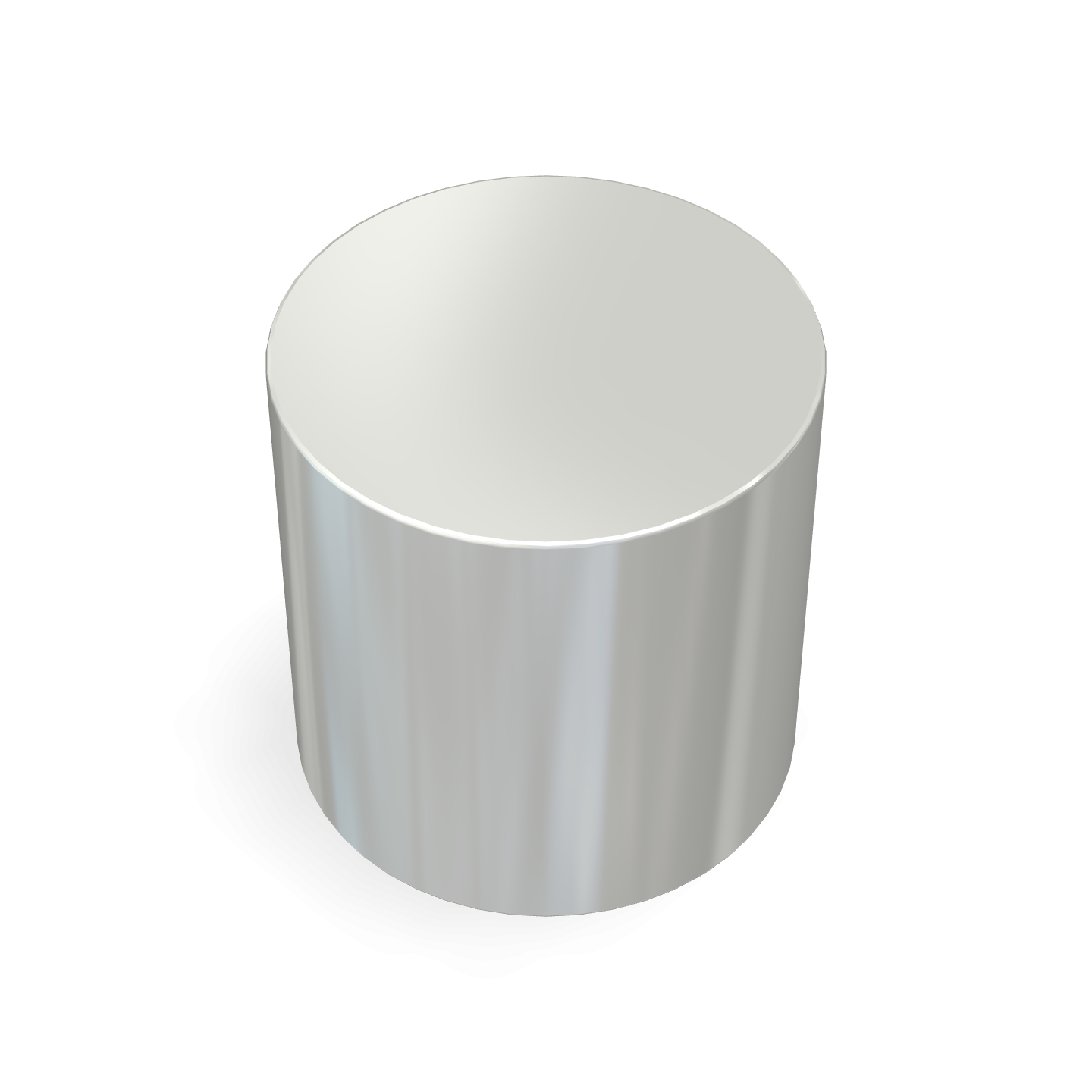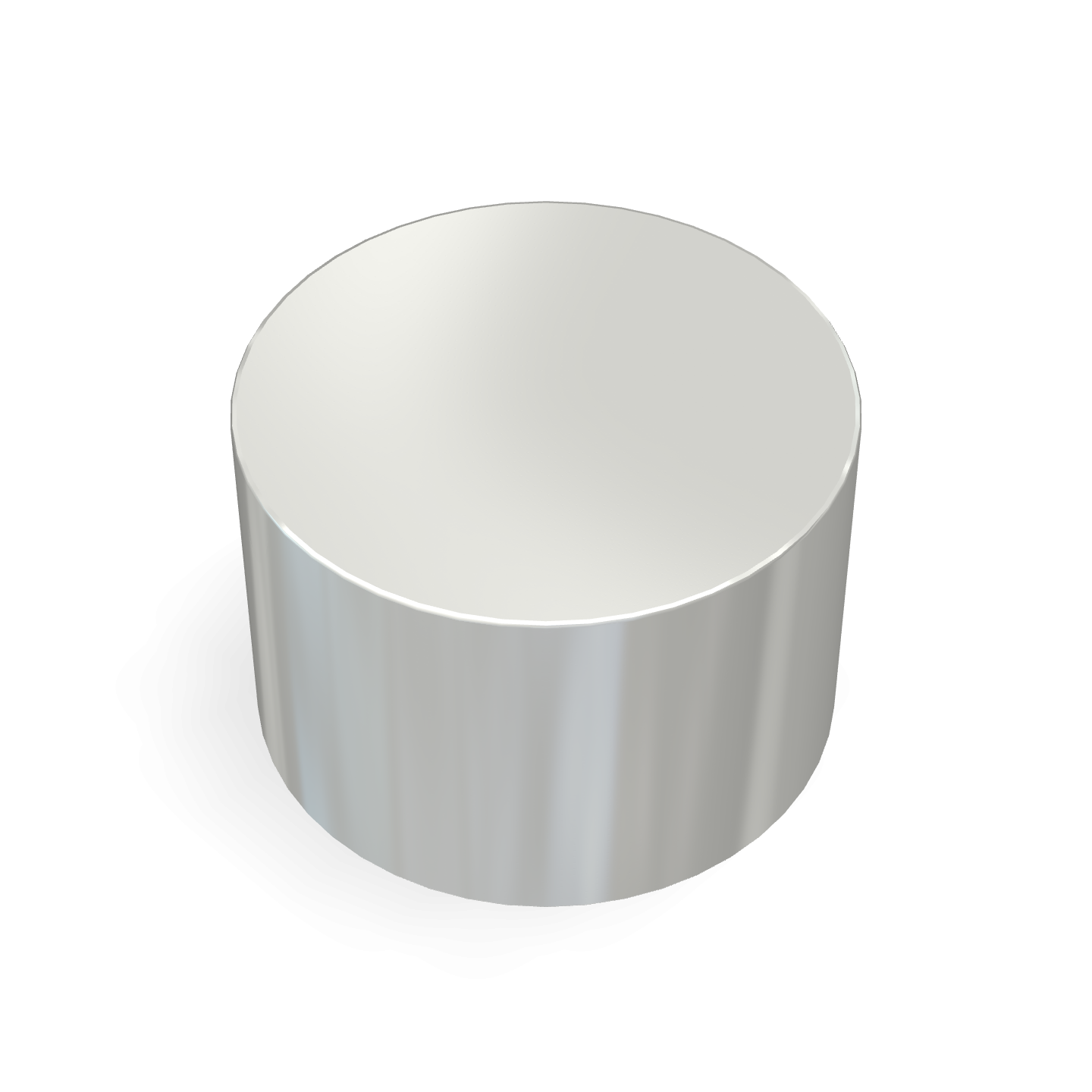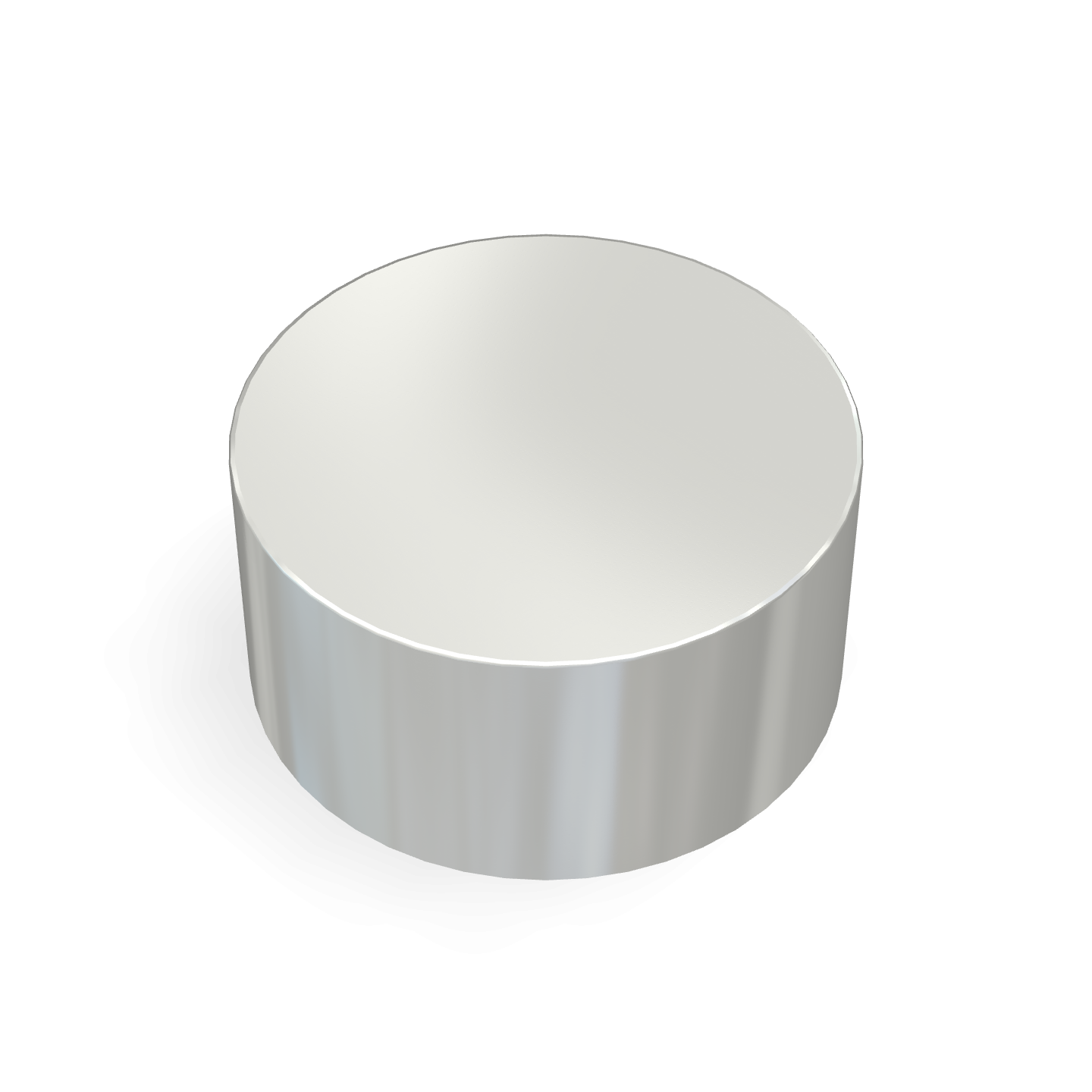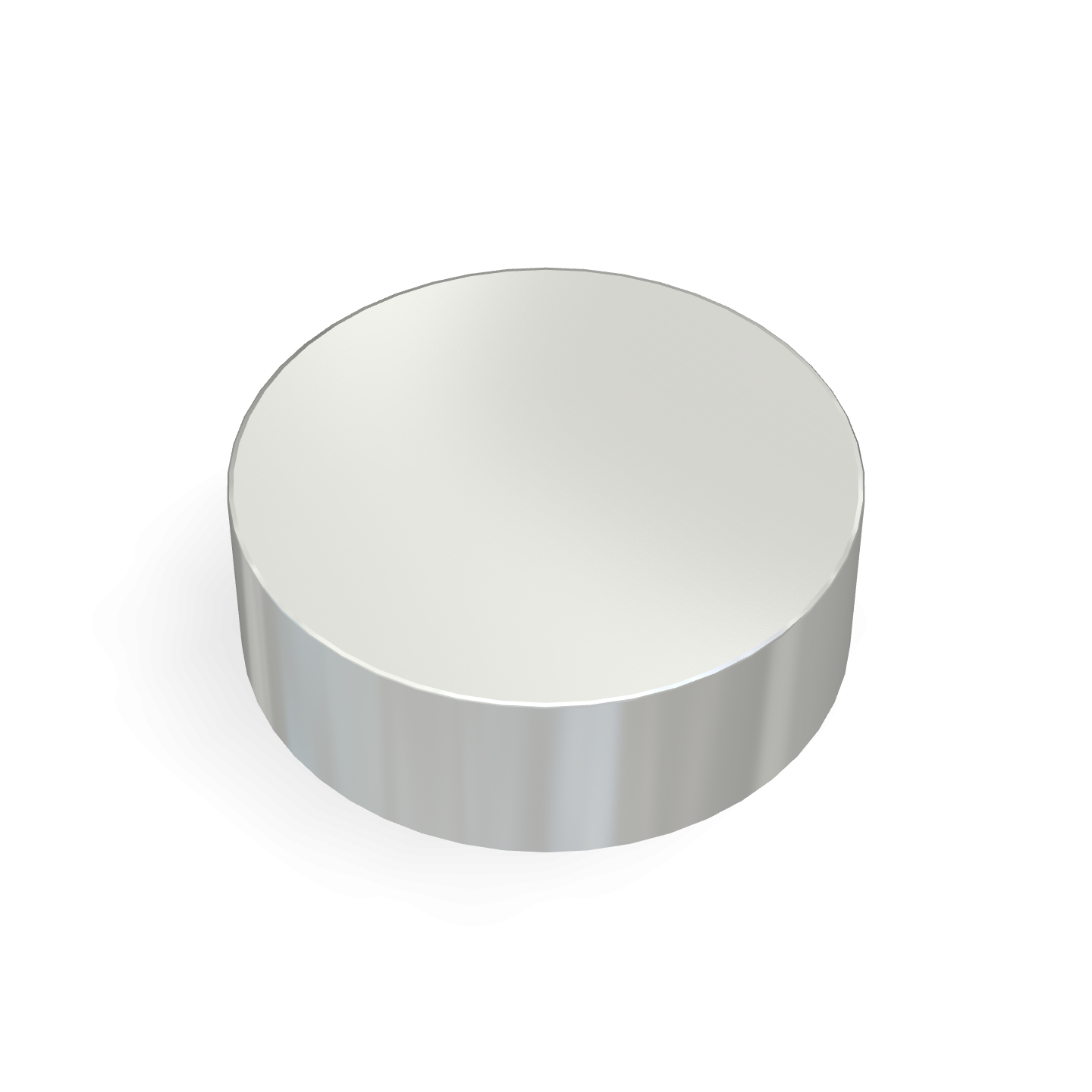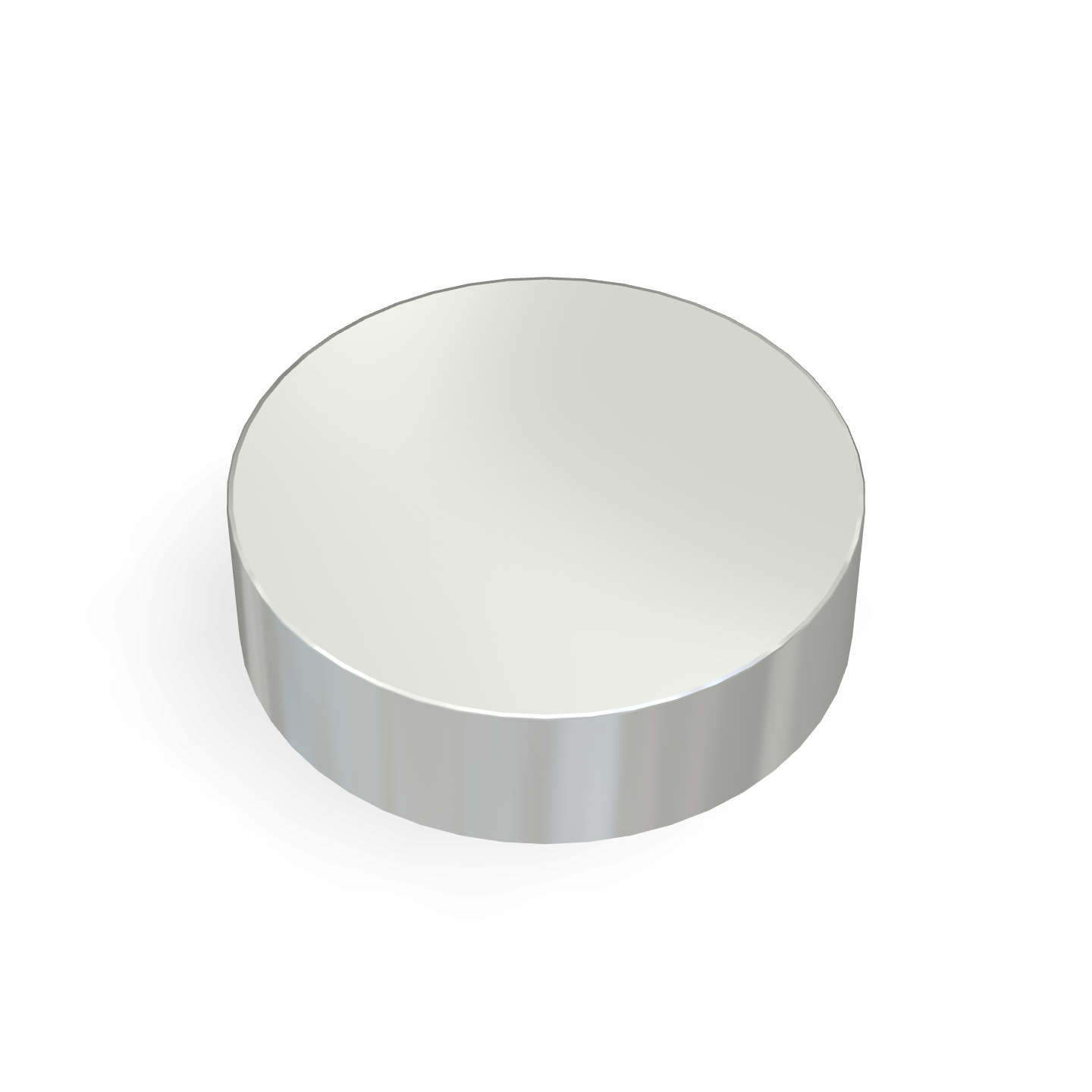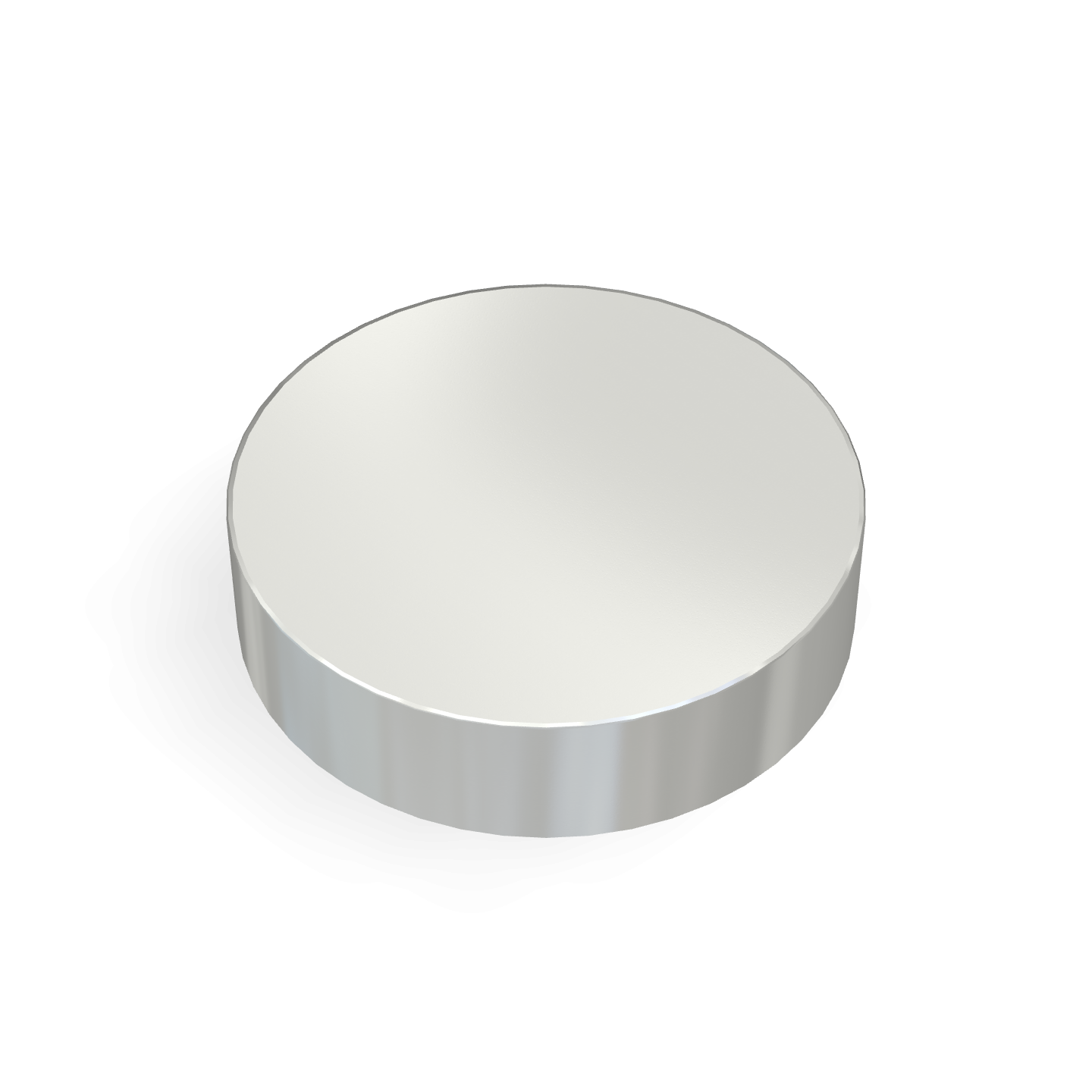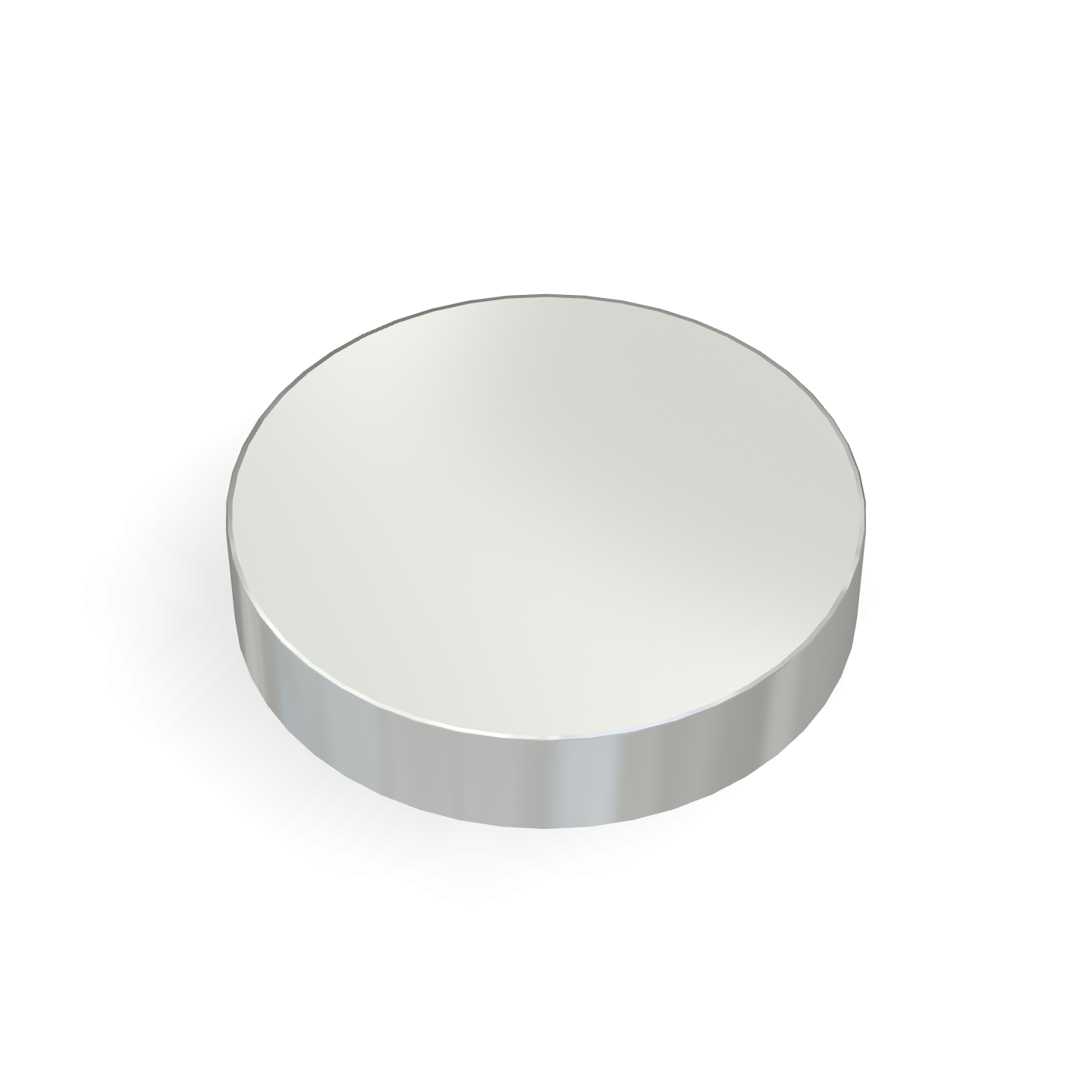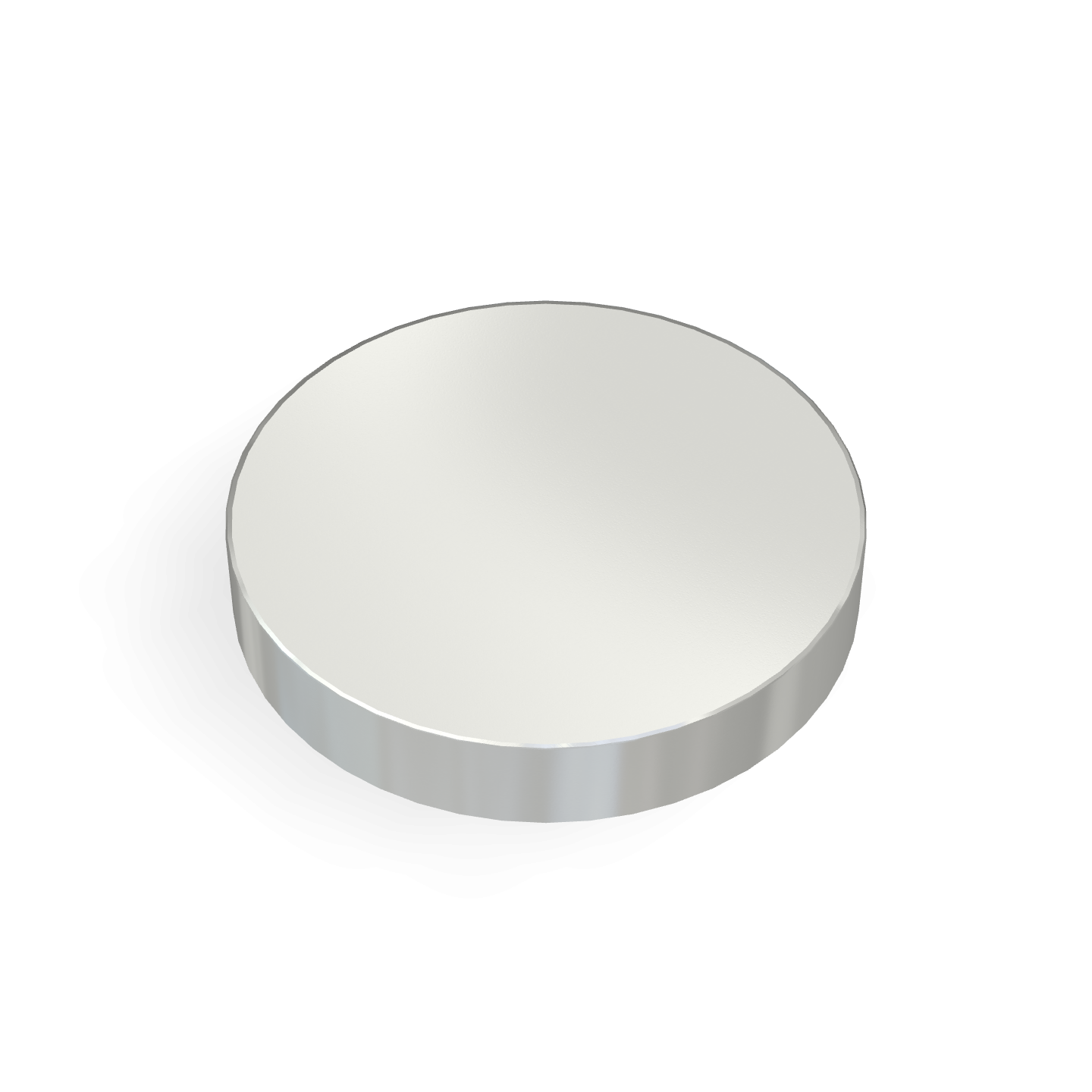The metric system is widely used across industries globally, and Canada’s magnet industry is no exception. By adopting the metric system, companies can unlock significant benefits in design, manufacturing, and application. Here’s a closer look at the advantages this system offers.
1. Global Standardization

The metric system, officially known as the International System of Units (SI), is the universal standard for measurement. Using metric units enables Canadian magnet manufacturers to seamlessly align with international markets. This standardization simplifies communication, ensures uniformity in product specifications, and fosters collaboration with global partners, suppliers, and customers.
2. Precision and Accuracy

Magnet design demands exceptional precision, and the metric system’s decimal-based structure makes it ideal for accurate measurements. Units like millimeters, micrometers, and nanometers allow for detailed specifications, which are critical for the performance and reliability of magnetic products. Enhanced accuracy minimizes errors, improves quality control, and ensures that magnetic solutions meet stringent performance requirements.
3. Ease of Calculation

The metric system’s base-10 structure simplifies calculations and unit conversions. For instance, converting 1 meter to millimeters involves multiplying by 1,000 (1 m = 1,000 mm), a straightforward process compared to fractional conversions in the imperial system. This simplicity saves time, reduces errors, and streamlines both design and manufacturing processes.
4. Enhanced Research and Development

In the magnetics field, research and development (R&D) play a pivotal role in driving innovation. The metric system provides a consistent framework for scientific measurements, enabling researchers to compare data, replicate experiments, and share findings seamlessly with the global community. This consistency accelerates advancements in magnetic materials and technologies, fostering breakthroughs that benefit the industry.
5. Regulatory Compliance

International standards and regulations for magnetic products are often based on the metric system. By adopting metric units, Canadian manufacturers can ensure their products meet these global requirements. Compliance facilitates market entry, avoids costly redesigns, and builds customer trust in the quality and safety of magnetic solutions.
6. Educational Alignment

Canada’s education system predominantly teaches the metric system, aligning with the country’s official measurement standards. This familiarity ensures that the next generation of engineers, technicians, and designers is well-prepared for industry roles. Metric-based practices in the magnet sector create a smooth transition from academic learning to professional application, cultivating a skilled and capable workforce.
7. Streamlined Manufacturing

Manufacturing processes benefit greatly from the metric system’s precision and simplicity. Standardized measurements improve compatibility between components, reduce material waste, and optimize production lines. These efficiencies lead to cost savings, higher-quality products, and a competitive edge for Canadian manufacturers in global markets.
Conclusion
The metric system offers clear advantages for Canada’s magnet industry, from enhancing precision and supporting global standardization to facilitating compliance with international regulations. By adopting this system, Canadian companies can streamline operations, foster innovation, and strengthen their position in the global market.
Embracing the metric system is not just a practical decision—it’s a step toward building a more efficient, innovative, and globally connected magnet industry in Canada.


